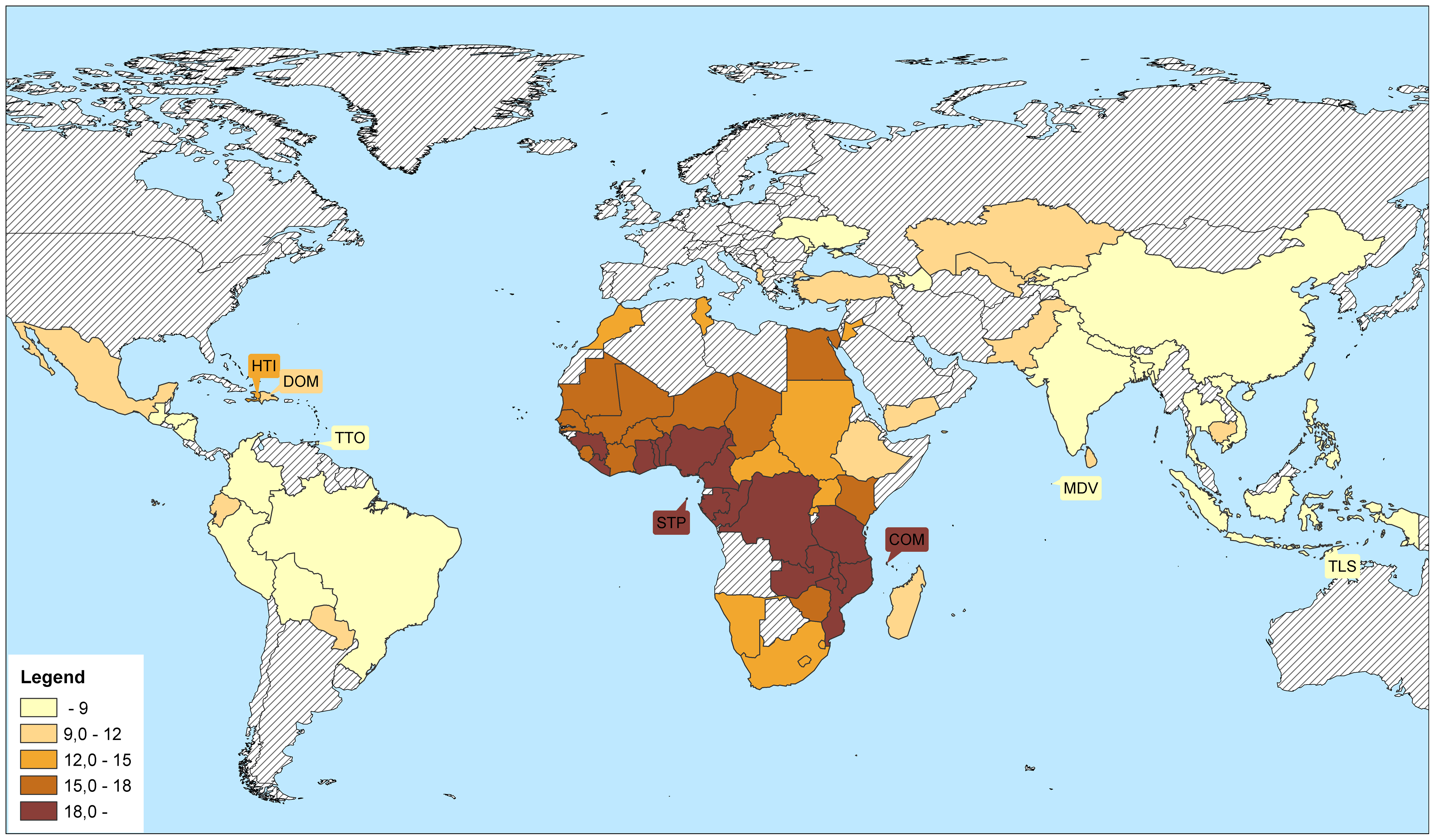15.5 How are twins made?
Monozygotic twins (often called identical twins) occur when a zygote splits in two in early development and each of the resulting zygotes develop into a complete baby. Remember that the cells at this point are pluripotent, so the cells that split off are quickly replaced without any effect on the fully developed baby. The rate of monozygotic twins is around 4 per 1000 pregnancies that result in live birth. Monozygotic twins share virtually all the same genetic information (except for any new mutations that occur after separation).

Conjoined twins are twins that are monozygotic (they originate from the same embryo) but are joined together by shared tissues and organs. Conjoined twins are extremely rare (about 1 in 100,000 births). There are two proposed mechanisms by which conjoined twins are thought to occur. Either an early embryo splits incompletely, or two early embryos that have split fuse back together later in development. Conjoined twins can be conjoined in different locations. Depending on where they are conjoined and what structures they share, some conjoined twins can be surgically separated.
Dizygotic twins (often called fraternal twins) occur when two separate eggs are ovulated and fertilized (by different sperm), and then implant in the uterus. This can happen spontaneously if a female has two eggs that are ovulated in one cycle. The occurrence of dizygotic twins occurring without medical intervention varies and appears to be influenced by both genetic and environmental factors. Central Africa has the highest twinning rate in the world with the country of Benin having close to 3% of babies born as twins. In other populations the rate is 10-fold lower. The possibility of dizygotic twins is greater if the egg-parent is taking certain types of fertility drugs that can induce multiple ovulation. Additionally, patients undergoing in vitro fertilization sometimes choose to have two or more embryos transferred to the uterus – making twins or higher-order multiples (e.g., triplets, quadruplets, etc.) more likely. Dizygotic twins are as genetically related to each other as any other sibling pair.
The frequency of higher-order multiple births (triplets, quadruplets and higher) is very low (around 5 for every 100,000 live births). Higher order multiples can occur spontaneously (without fertility treatments) and can occur through monozygotic, dizygotic, or a combination of twinning events.

In recent decades the frequency of dizygotic twins and higher-order multiple births has increased with the increased use of fertility drugs and procedures such as in vitro fertilization. The risks to both the pregnant parent and babies associated with twin pregnancies are much higher than those of single pregnancies. In fact, more than half of all twins are born preterm (before 37 weeks). While not all preterm births have lasting effects, preterm birth is associated with a suite of possible complications from short-term challenges to breathing and temperature regulation, to long-term physical or cognitive effects. For example, the risk of cerebral palsy is about 0.2% in singleton births, 1.4% for twins, and 4.5% for triplets. Multiple pregnancies are also associated with higher rates of preeclampsia, a condition that is associated with high maternal blood pressure and decreased organ function and, in severe cases, can be fatal to both the mother and baby.

